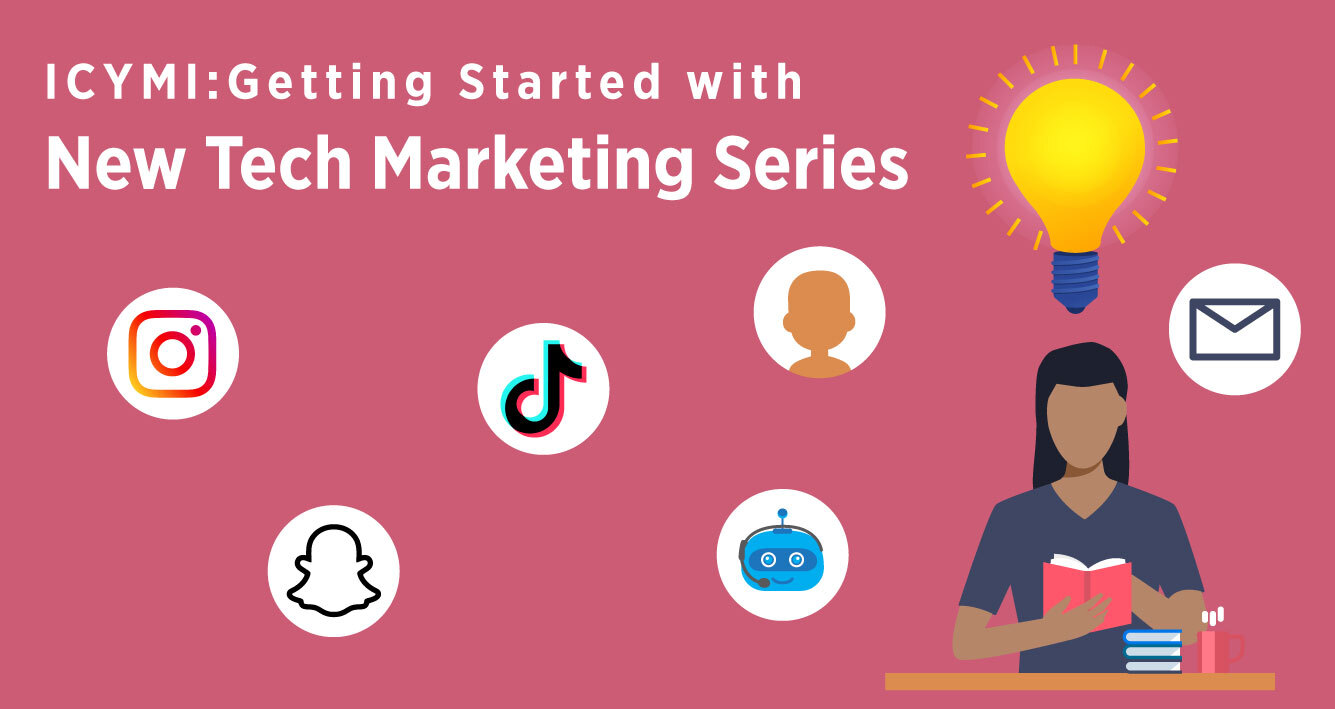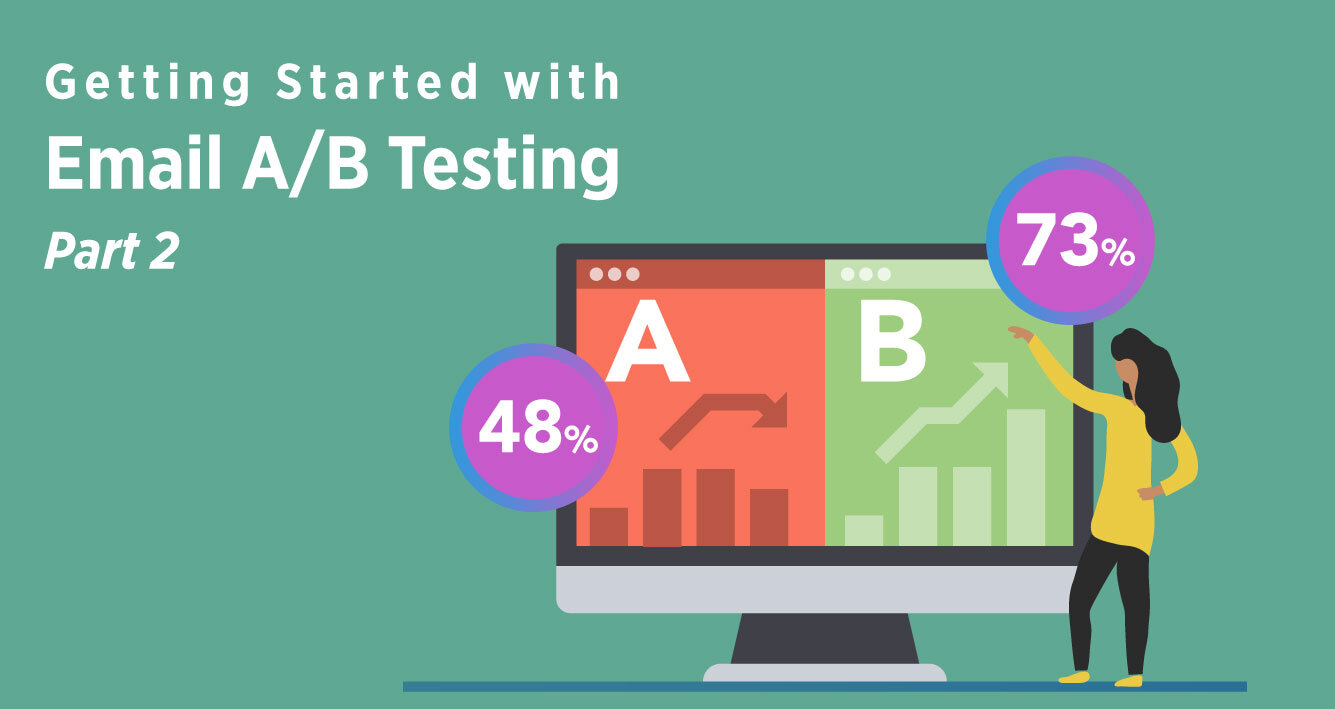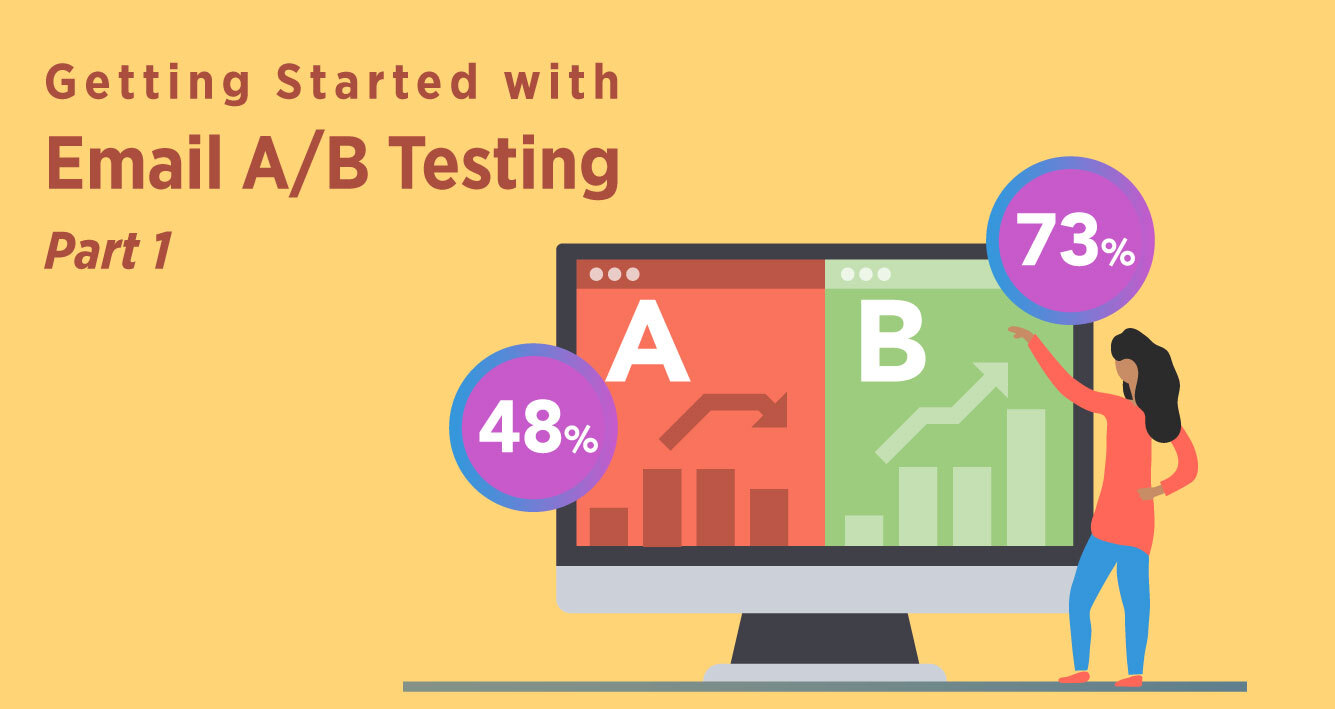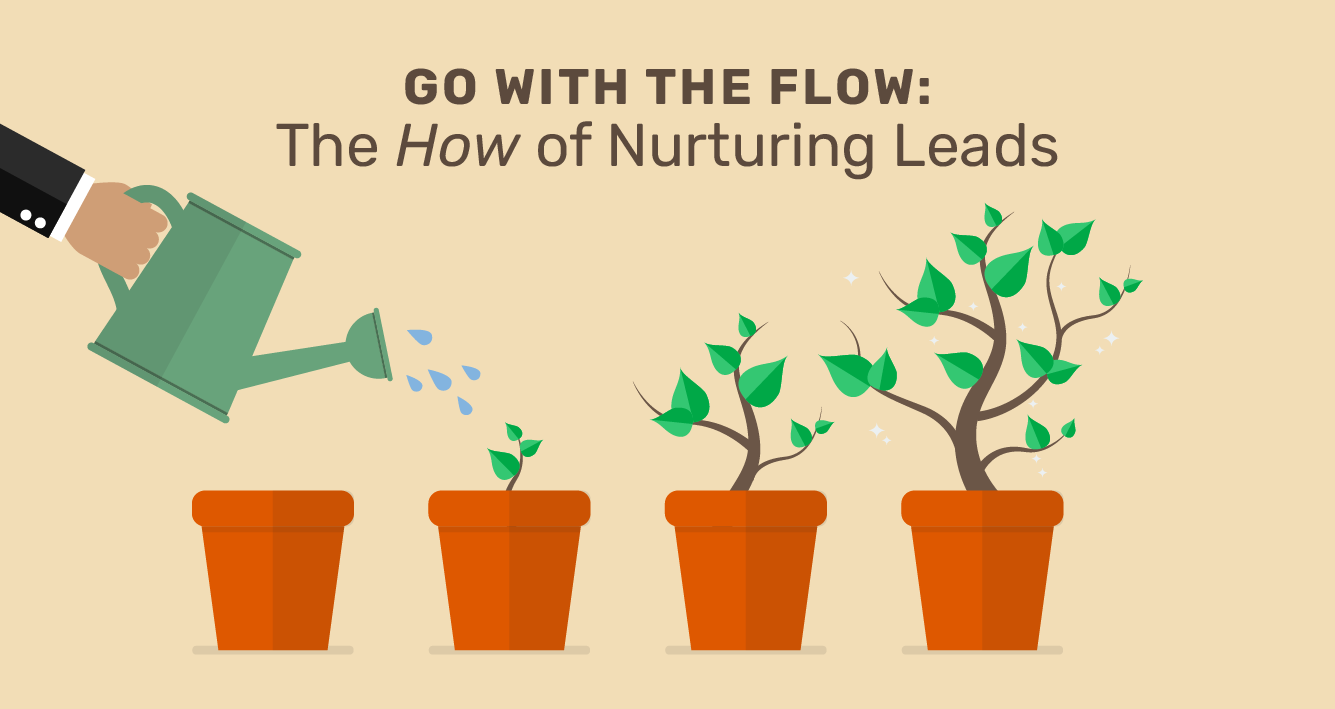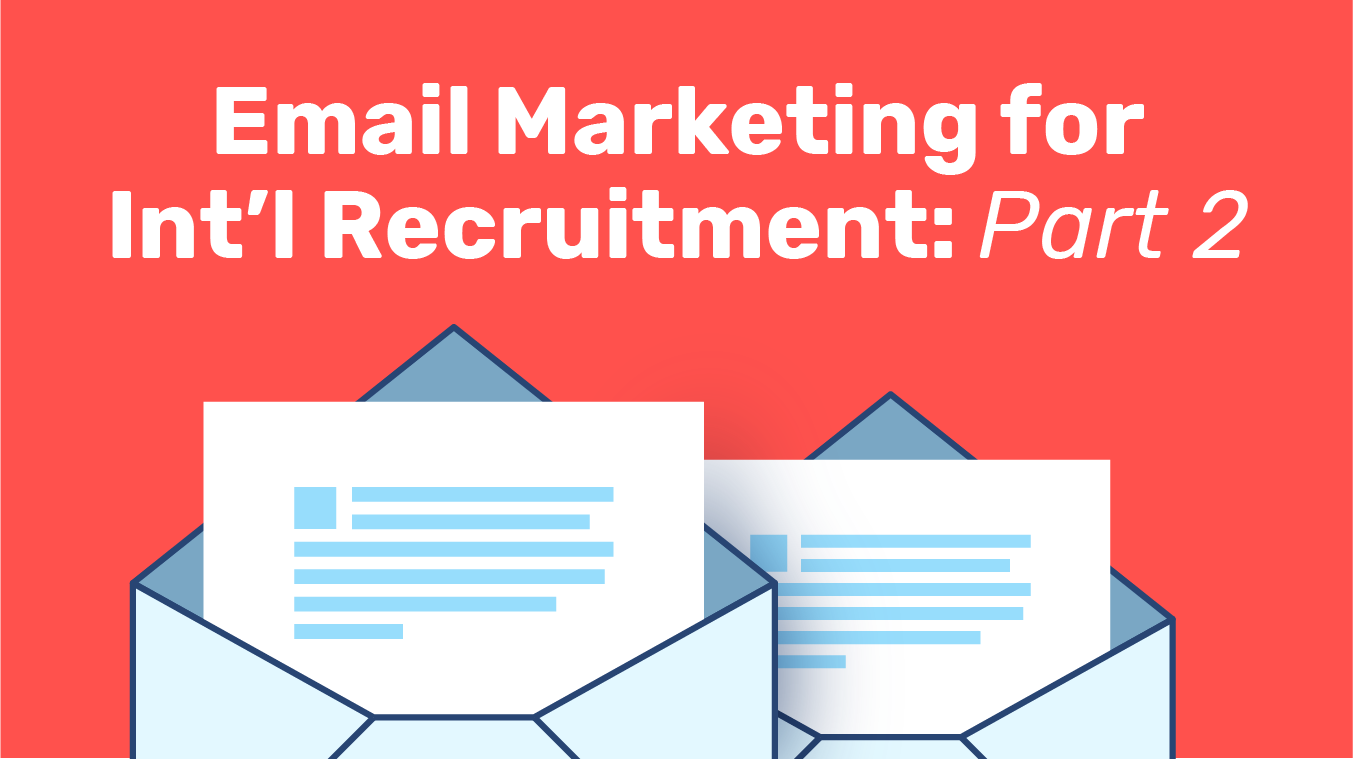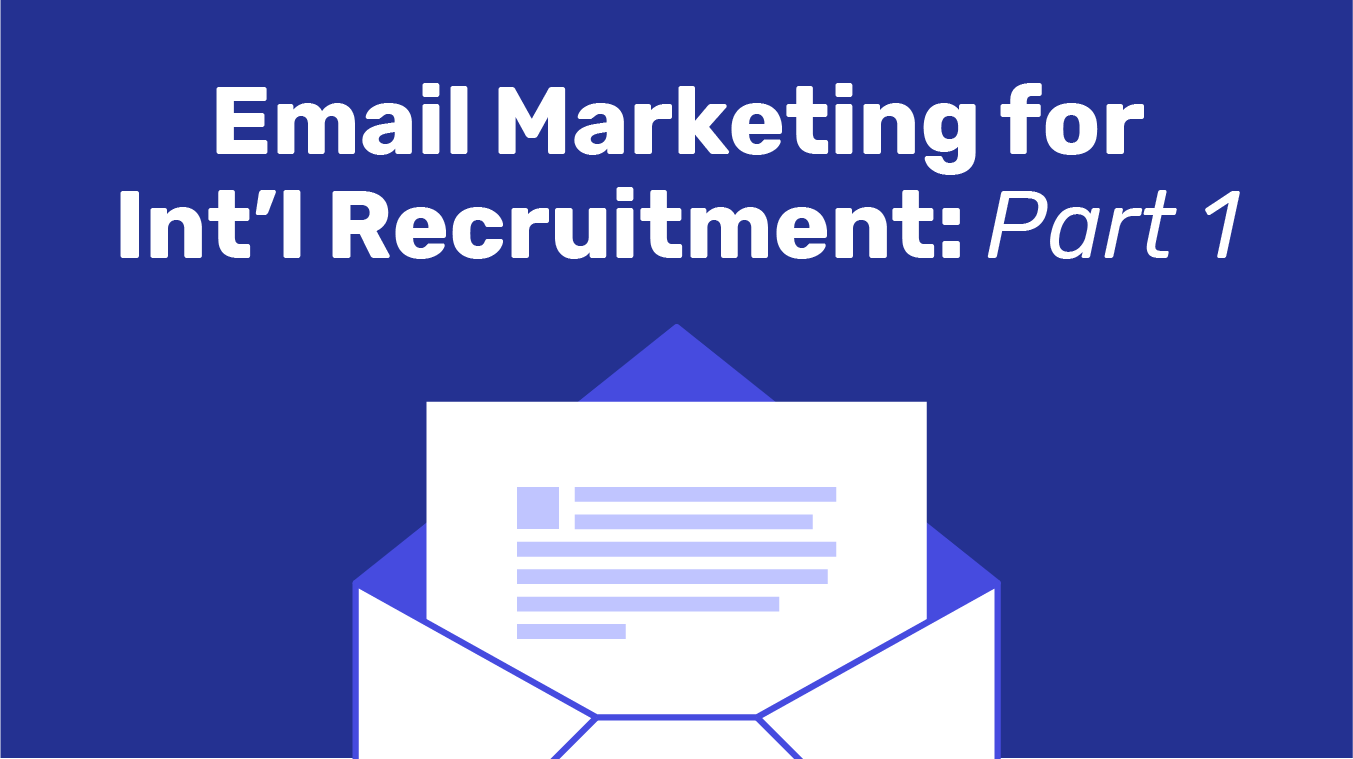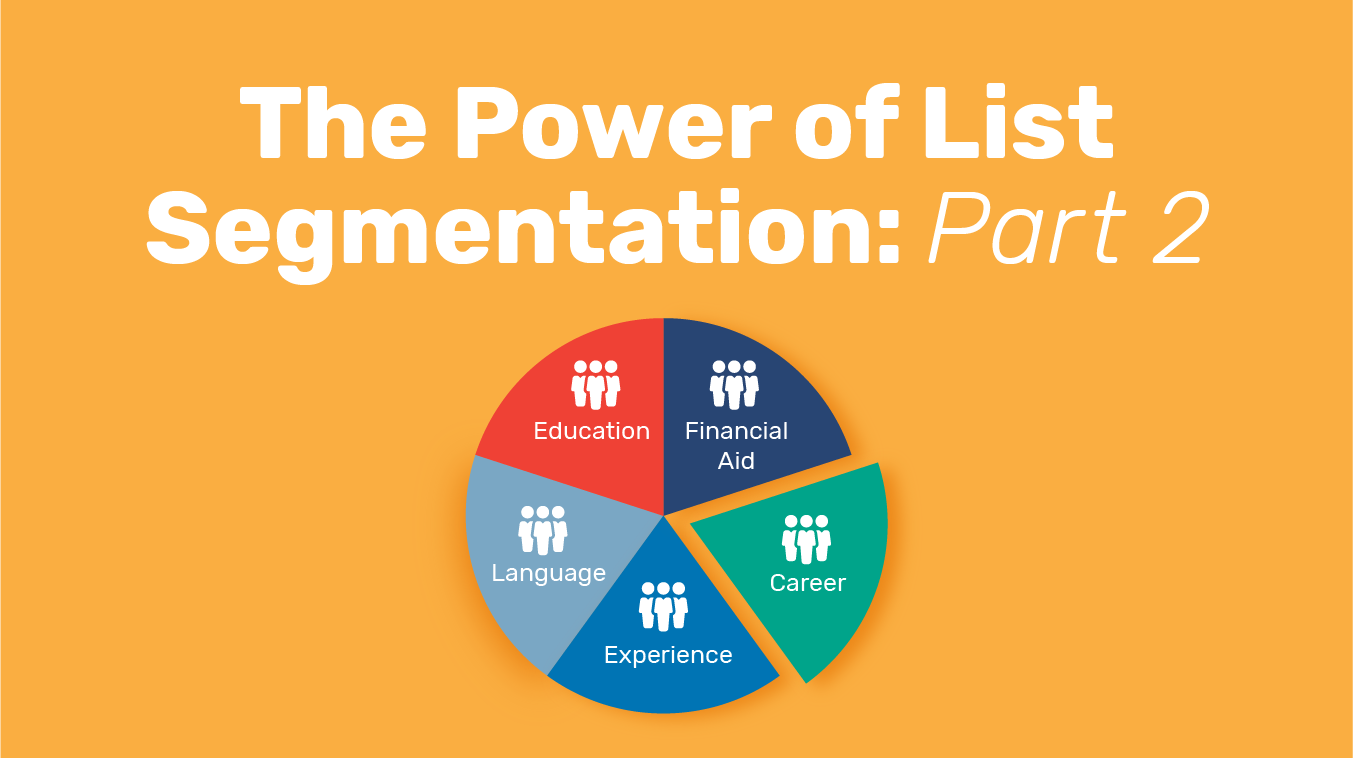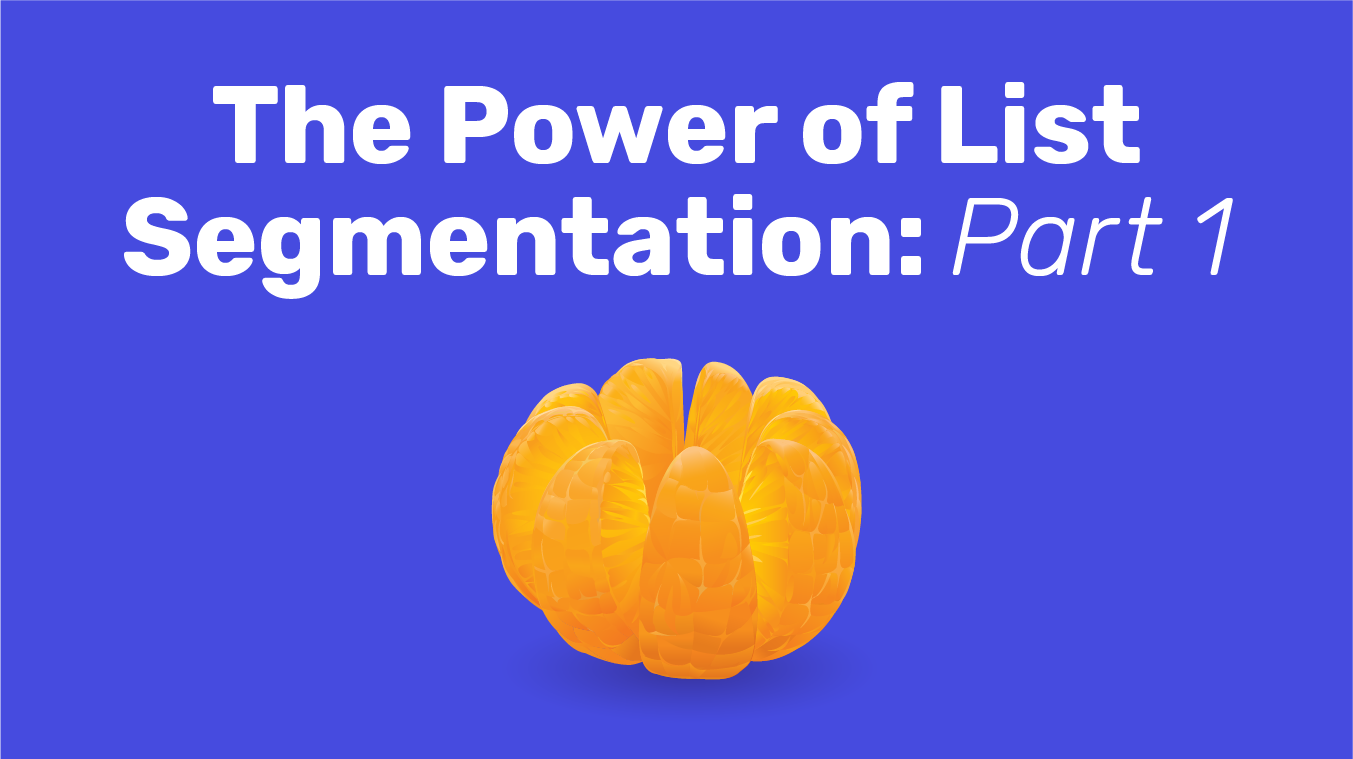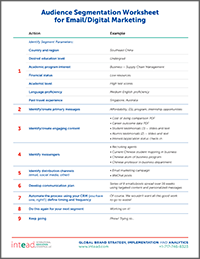Email marketing isn’t a matter of simply hitting ‘send’ and hoping for the best. The best email campaigns develop from multiple rounds of A/B testing. Not news to you, right?
While this is basic (and easy) stuff for some digital marketers, there are still many institutions struggling to actually putting it into practice. Staffing challenges anyone?
Come with Questions. Leave with a Plan.
How confident are you with your selection of international student recruitment markets right now?
The Intead/San Diego State University One-Day Workshop on December 13th will be a hands-on opportunity to learn from an awe-inspiring international student recruitment faculty.
- A full day of international student recruitment strategy and execution discussion
- Two luminary keynotes
- Luncheon on Social Justice with Dr. Jewell Winn and Dr. Adrienne Fusek
- Dinner on Chinese Student Influencers with Dr. Yingyi Ma and Brad Farnsworth
- At $200 for the day (inclusive of all meals), this learning opportunity is a steal. (Pricing goes up to $350 on October 24, 2022).
And for those of you going to NAFSA Region XI, be in touch so we can chat. 3 super Intead presentations coming your way during that event.
Getting back to the discussion of email marketing, the fact is, most enrollment marketing teams have limited time to review their data and modify their approach and content based on what they see. Those taking these steps are ahead of the curve.
The creative art of email marketing has everything to do with knowing your audience and tapping into your recipient’s curiosity. Your recipient has to think there is something of value to them because of the sender or the content.
This week, we take a closer look at email A/B testing, also known as split testing – the process of sending two slightly varied versions (version A and version B) of an email to two different sample groups of your email list. The email version that receives the most opens and importantly, valuable clicks (conversions), is deemed “winner” and gets sent out to the remainder of your list.
This approach is the best (and simplest) way to optimize your email marketing campaigns and quickly pinpoint what’s working and what’s not. Often it is the subject line that has the most power. But also you can test whether your prospective students click more on buttons or link text? What color button works best? Do parents respond to subject lines with emojis, or should you leave that to your student segments?
And given that you have so many important student segments to consider (domestic regional, domestic distant, international by country, non-traditional, first-year, undergraduate, graduate, transfer, program of interest, financial capacity, ethnicity), the testing you can be engaged in can become a bit complicated. So, it’s important to have this done with a bit of rigor and careful tracking.
Yes, of course, we are here to help when you are ready to truly adjust your content to maximize engagement and conversion. The results will justify the effort.
Read on for some of our best practice tips just to validate that your team is on the right track. And, be sure to share this post with the copywriters on your staff. It's a great primer for the newer marketers on your team.
Read More

